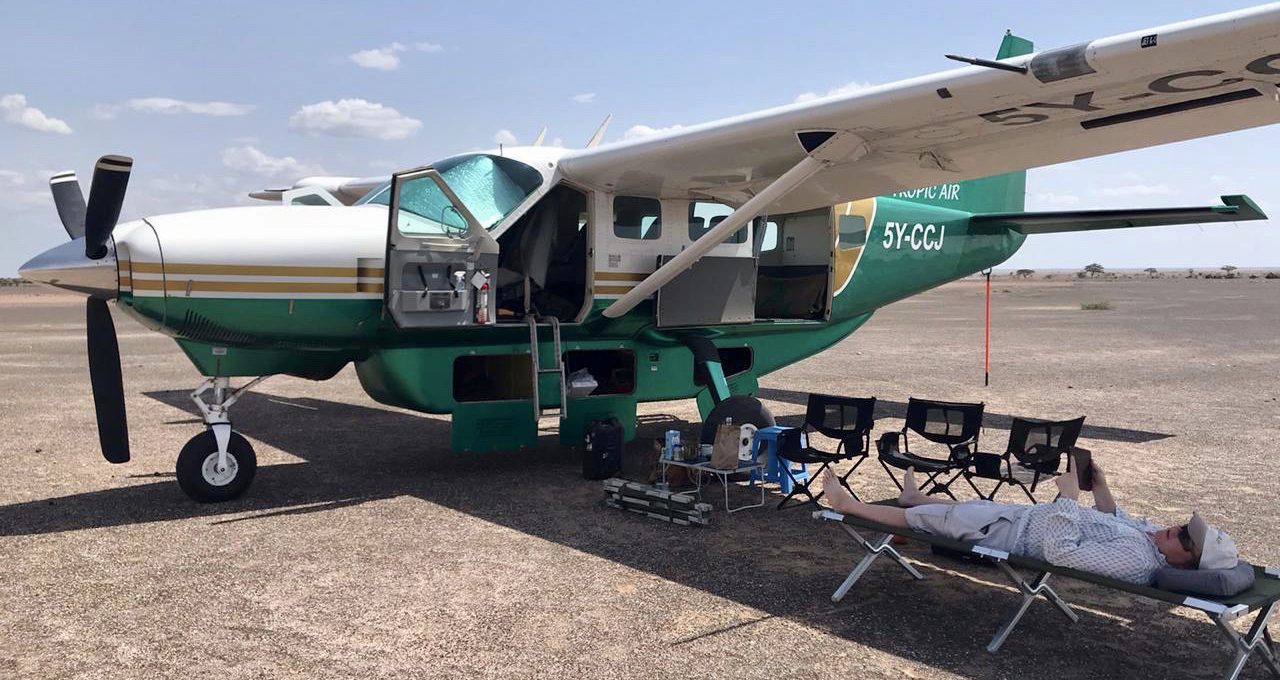Koros Camp is beautiful camp in South Horr Valley, Marsabit Country, just an hour and half from the southern shores of Lake Turkana. Tropic Air is delighted to have partnered with Lattitude Adventures and taken over the management of the property as of 1st July 2021.
We would like to thank the Samburu Community who have granted us access to the land on which the camp is located, and whom will continue to benefit from tourism.
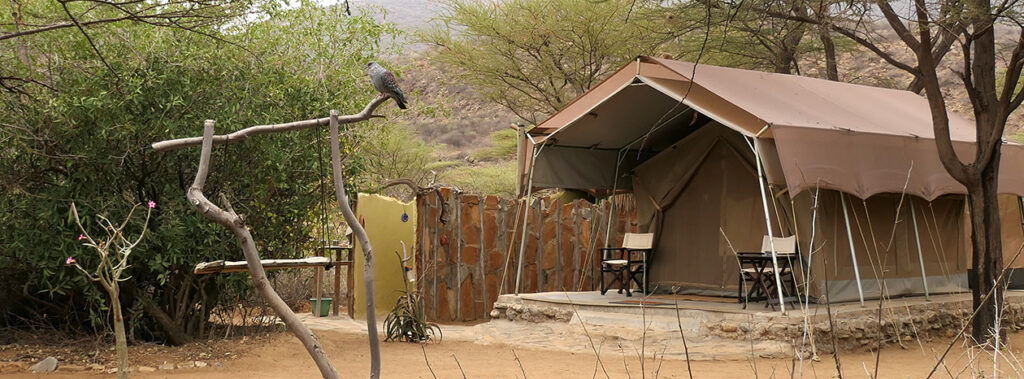
Koros offers a perfect base from which to explore this wild corner of northern Kenya, and bookings can be made through: info@koroscamp.com
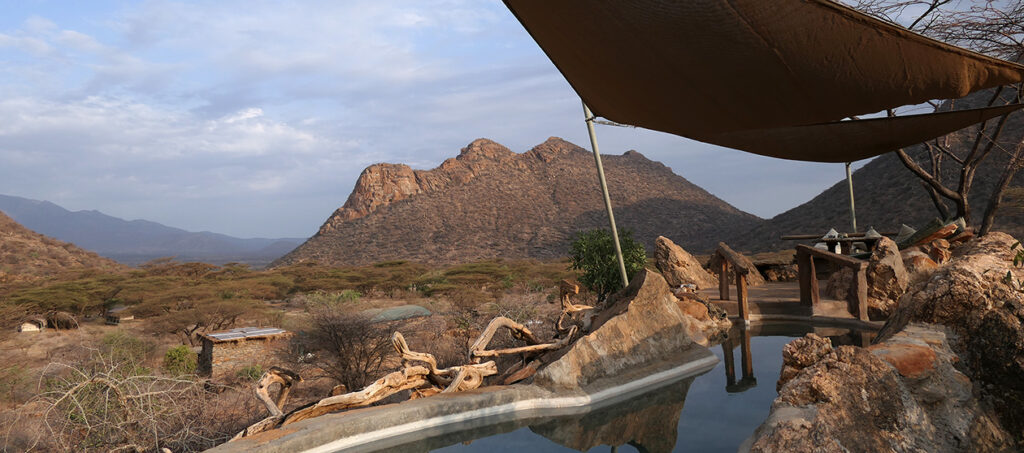
We are extremely grateful to Nick and Angie Taylor for having the vision and commitment to develop this special camp back in 2013.
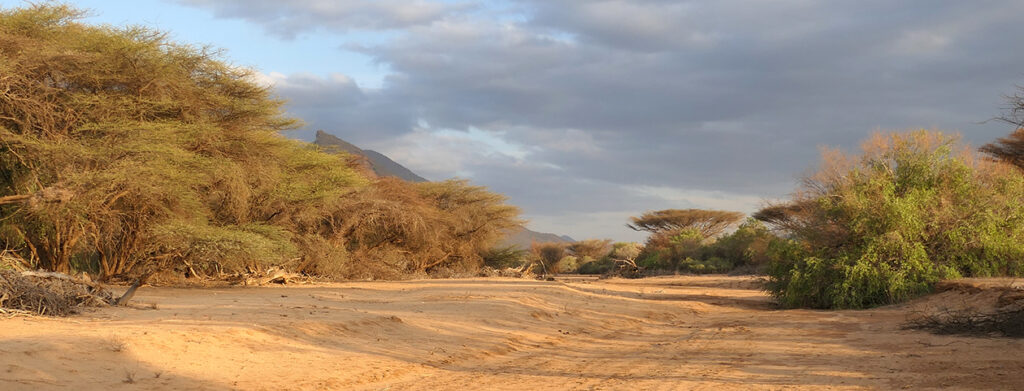

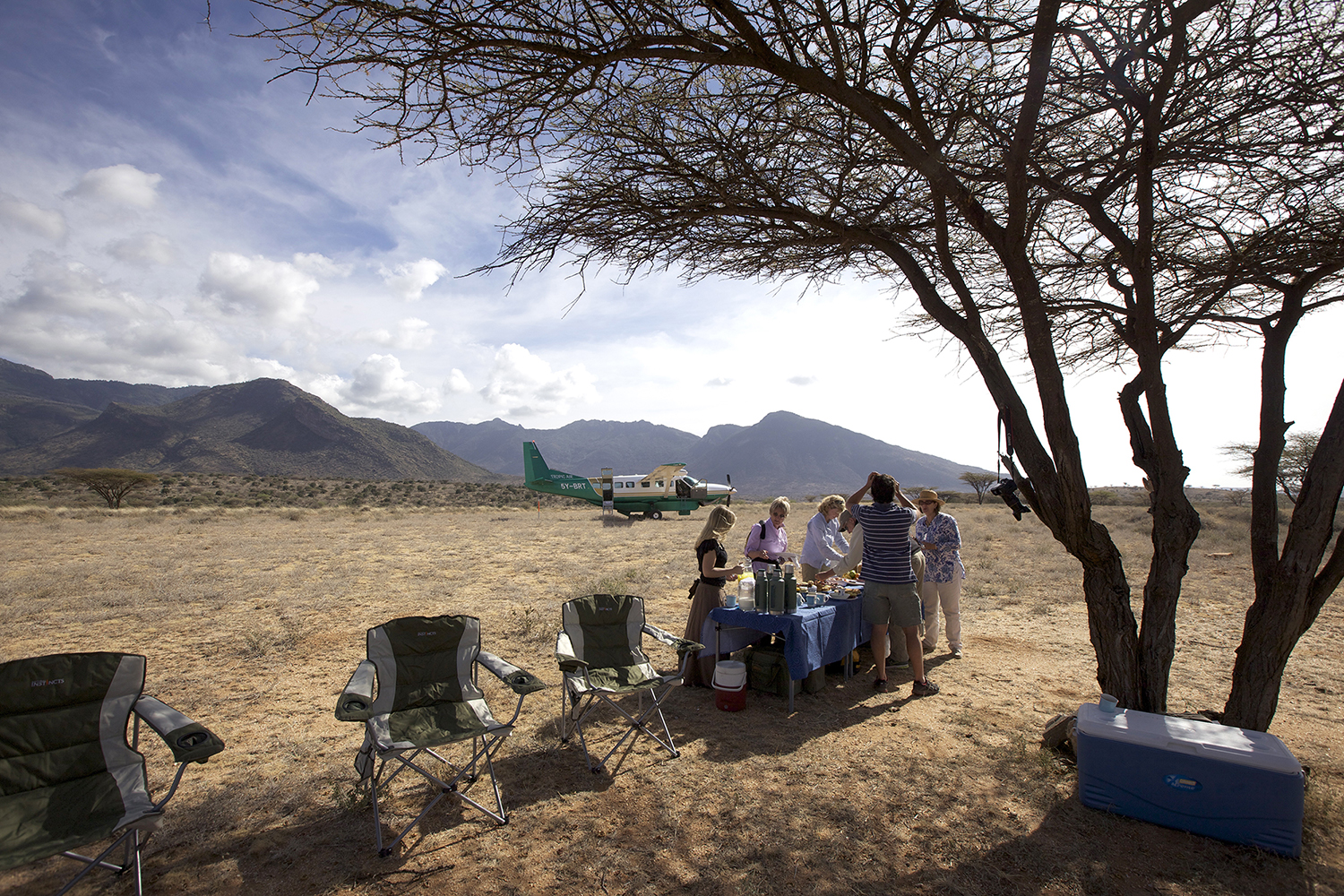
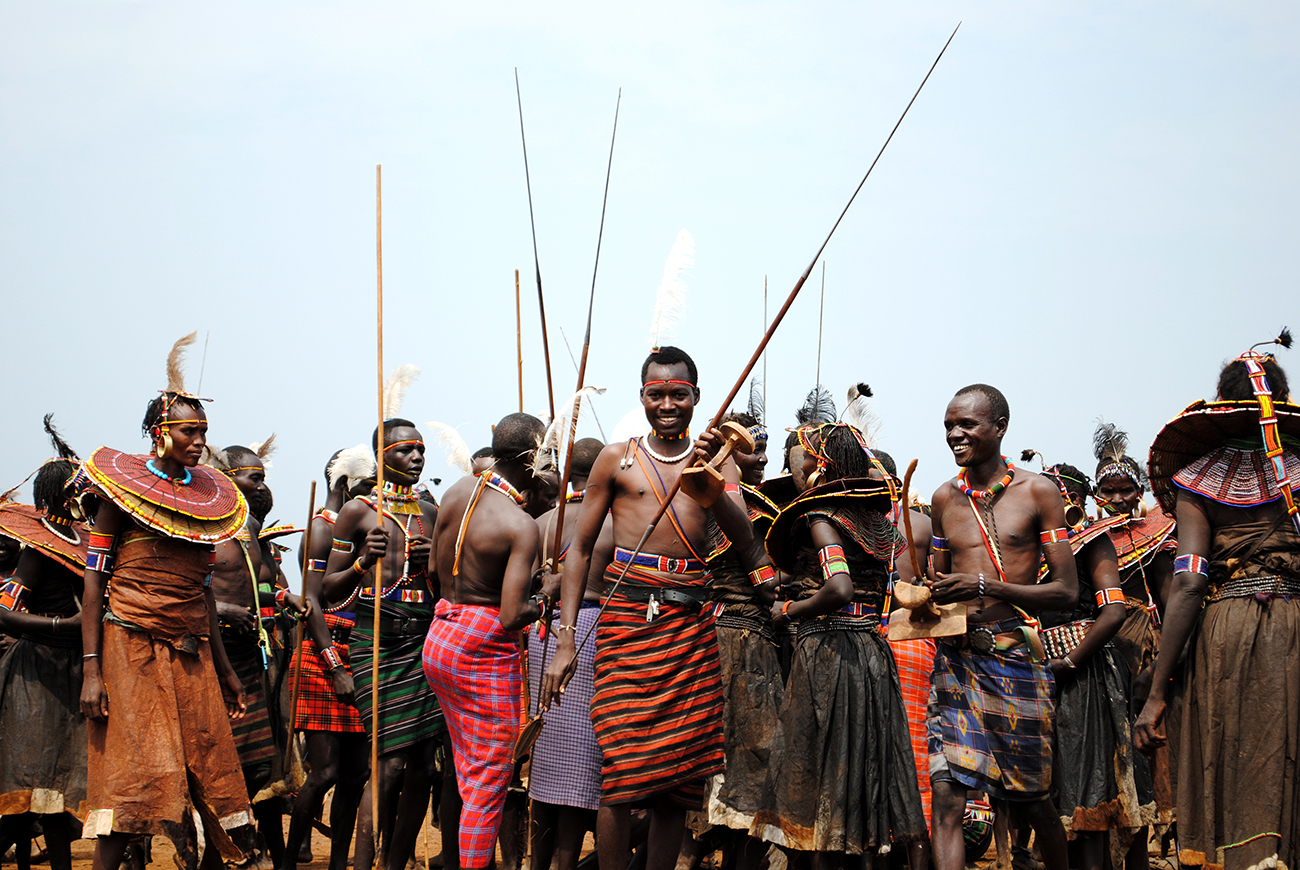
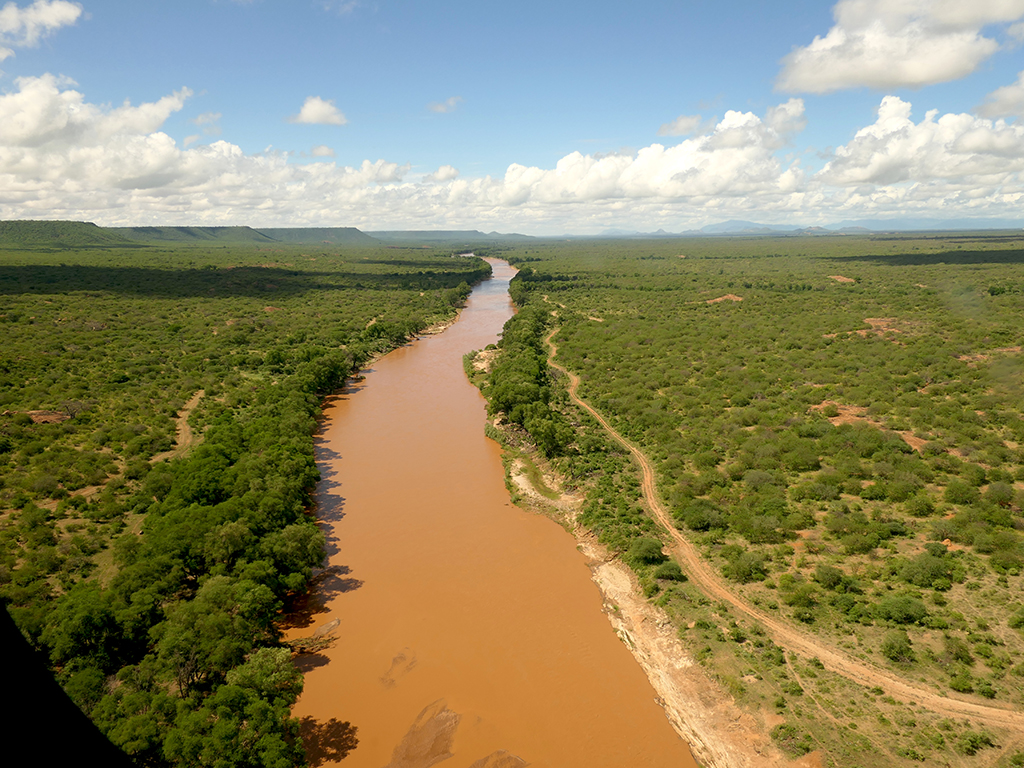
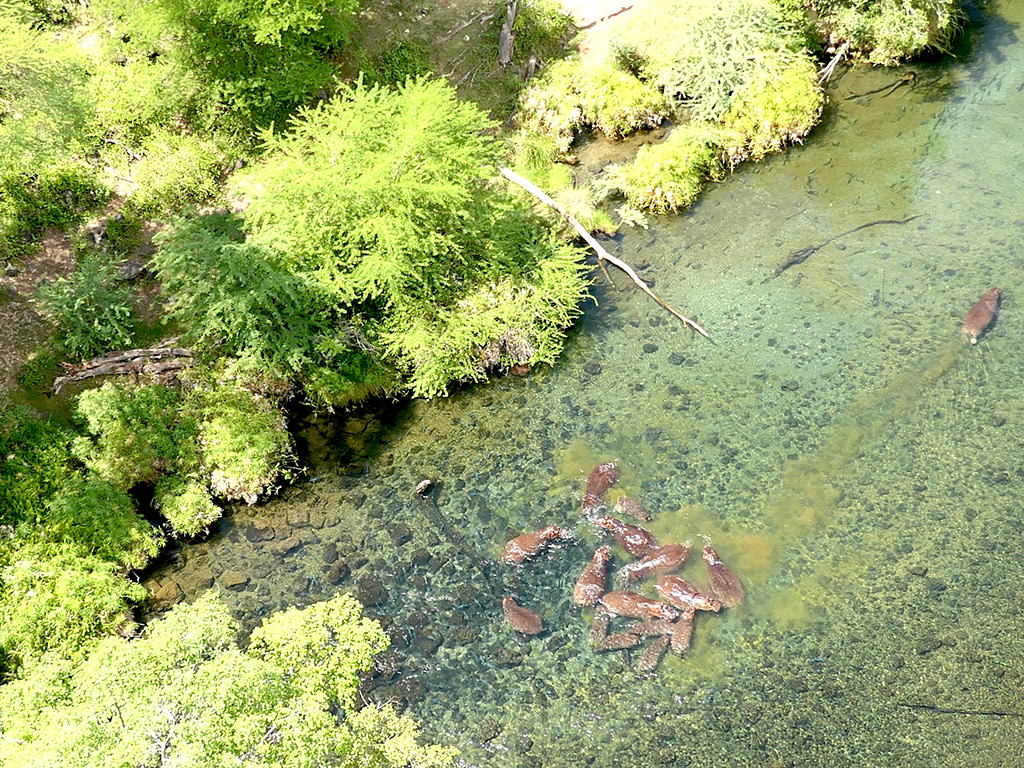
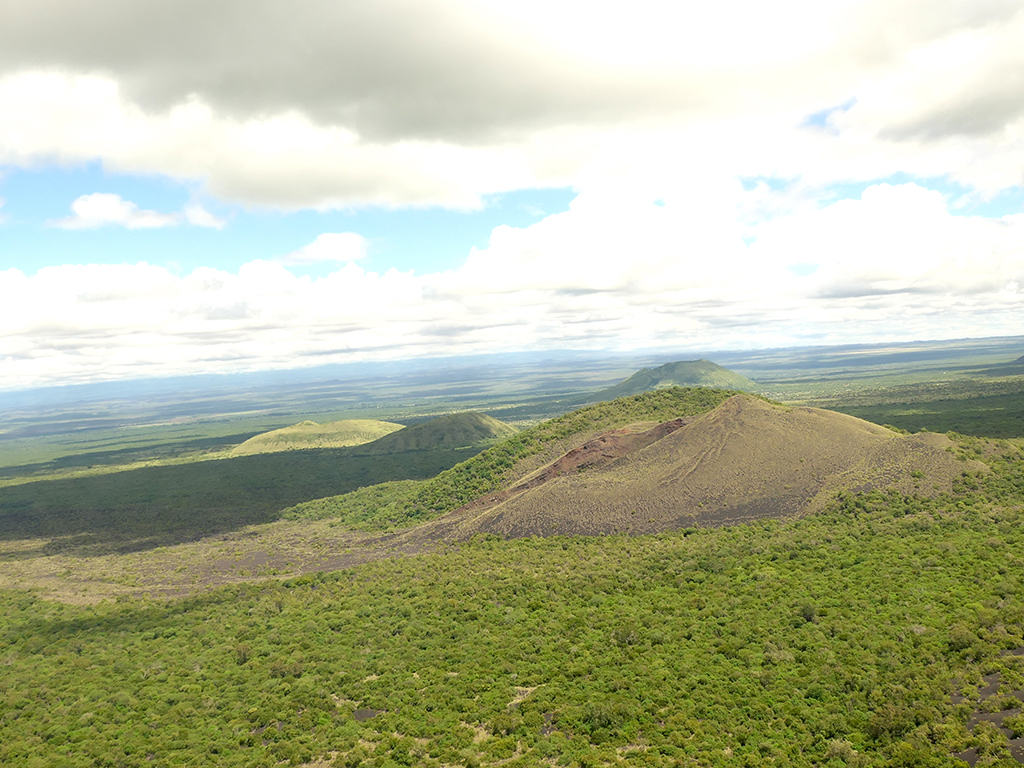
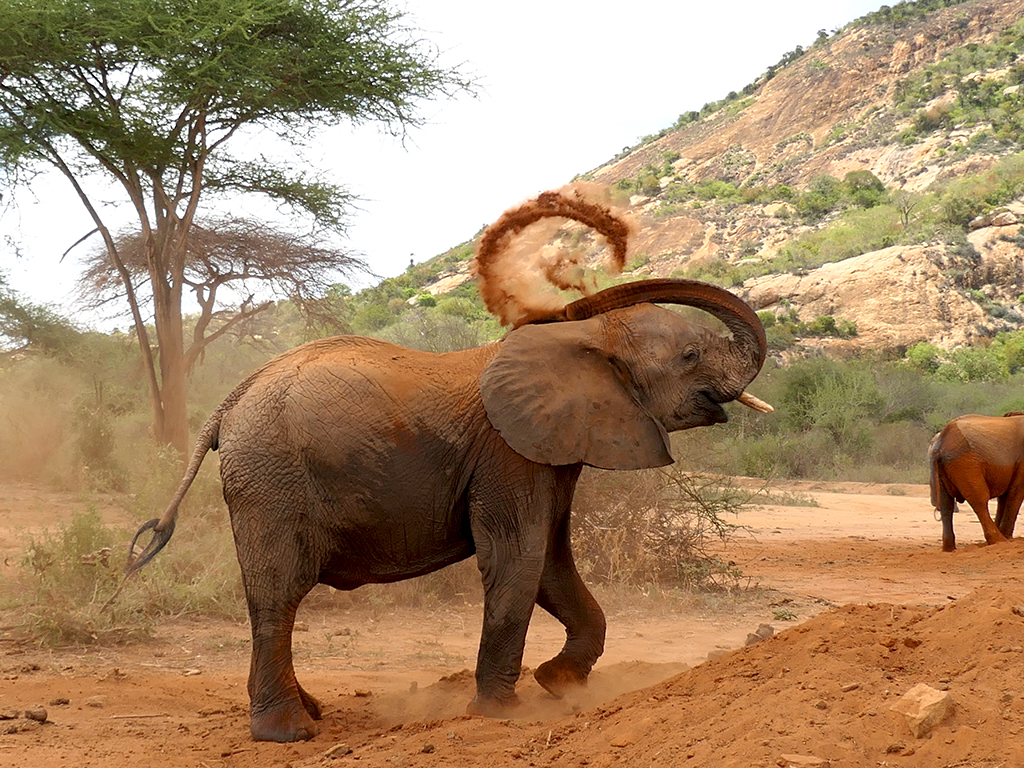
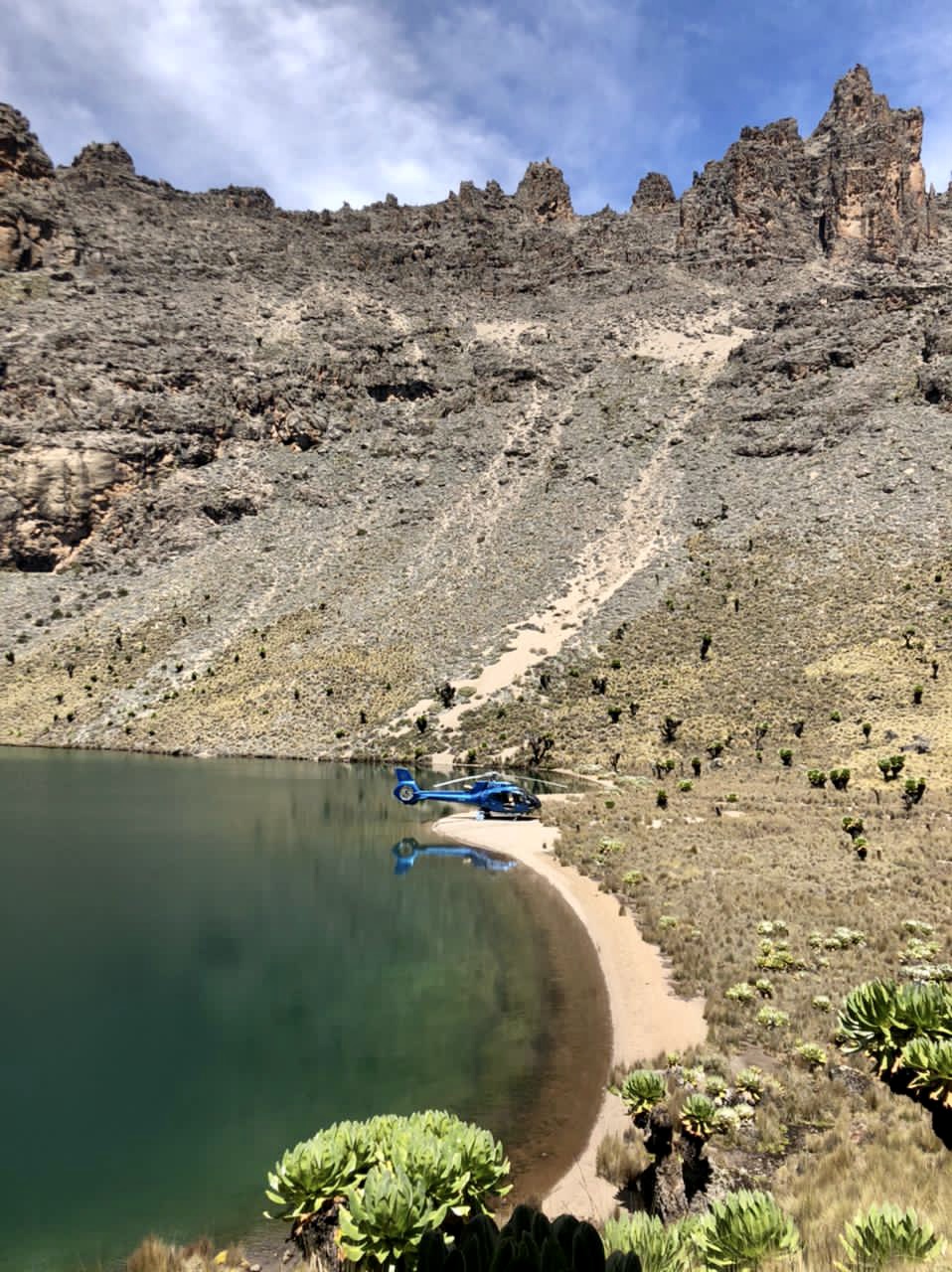 Photo by Timmy Flowers – Captain of the Airbus Helicopter H130, carrying out a scenic helicopter tour over the peaks of Mount Kenya, followed by a stop at this alpine lake. March 2021
Photo by Timmy Flowers – Captain of the Airbus Helicopter H130, carrying out a scenic helicopter tour over the peaks of Mount Kenya, followed by a stop at this alpine lake. March 2021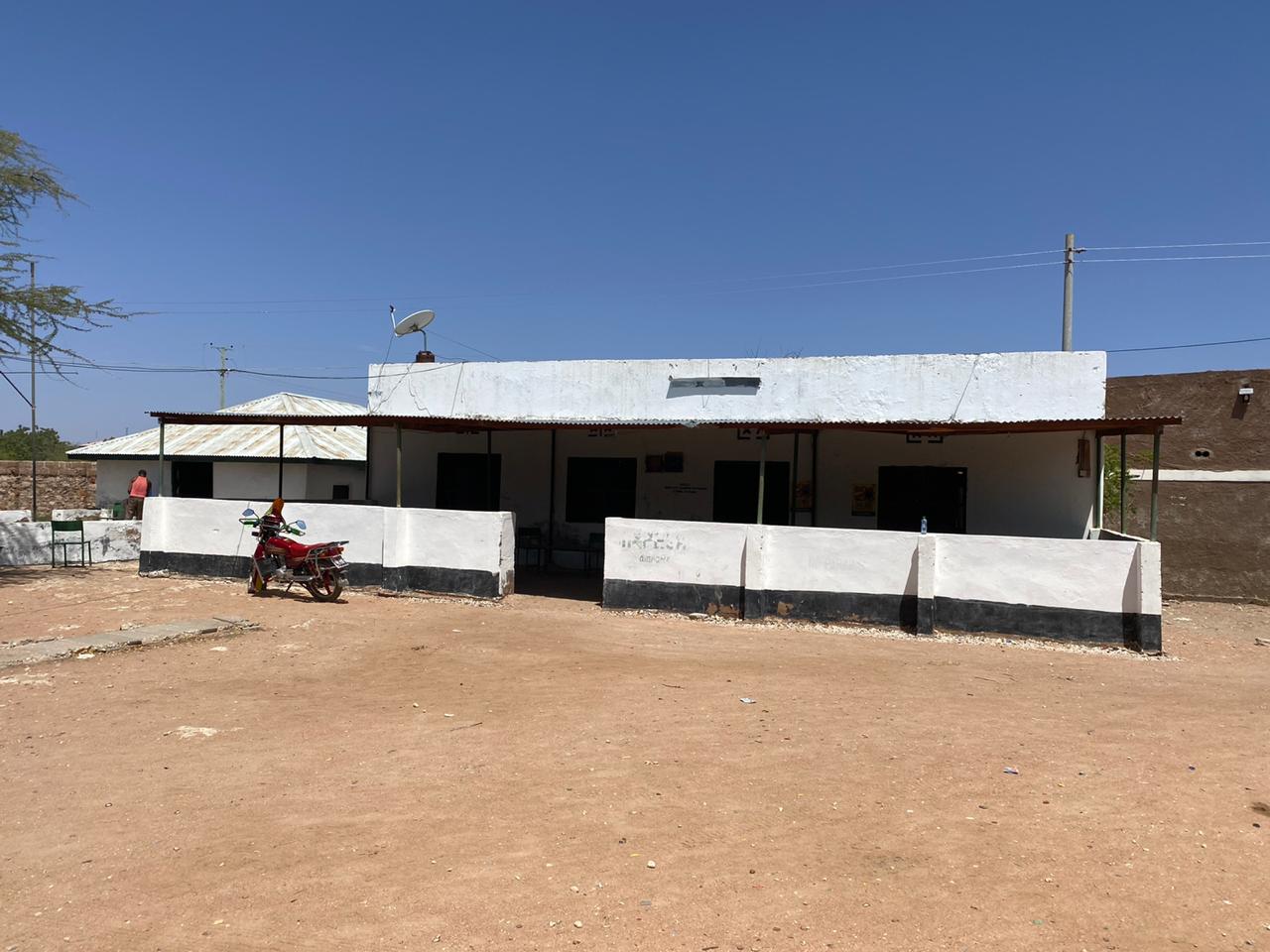
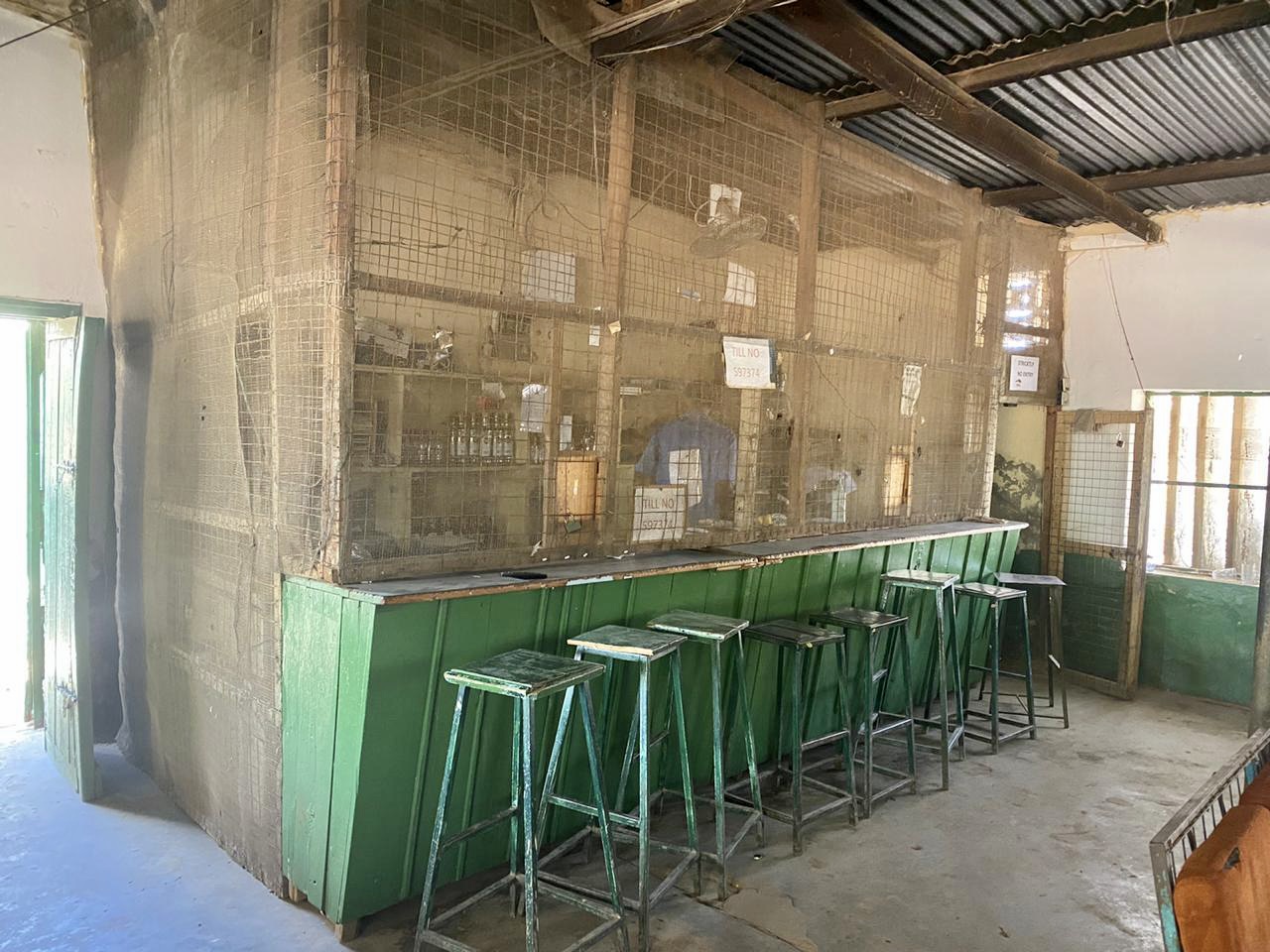
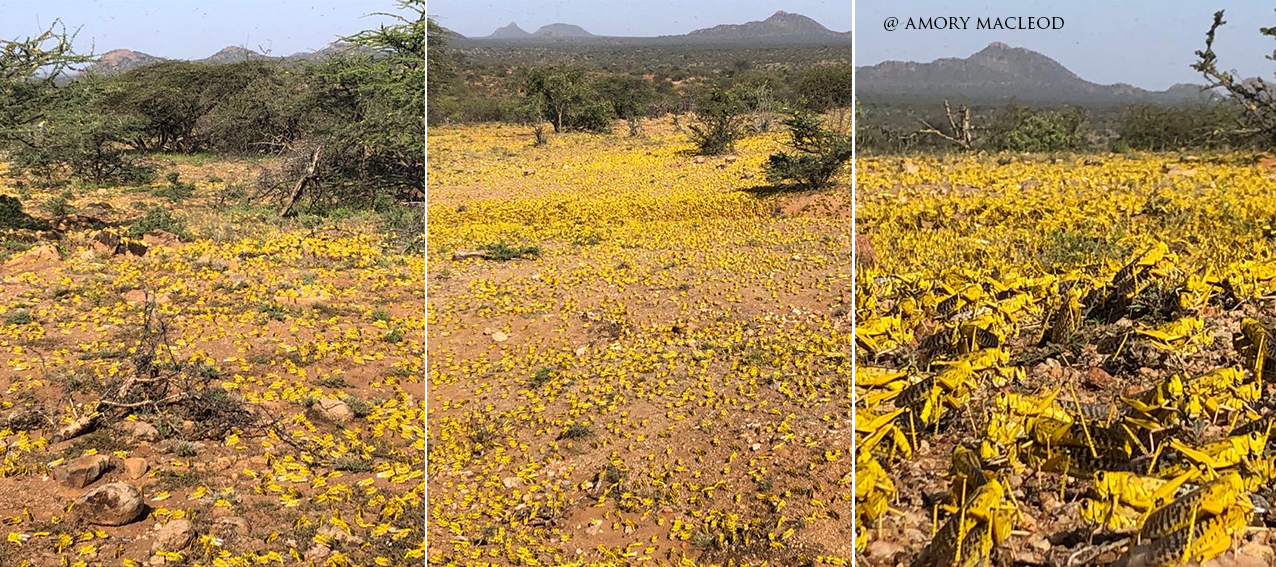 UN Food and Agriculture Organization along with other organisations are working hard to get the situation under control. Tropic Air’s caravan is one of the many aircraft helping with the efforts. Daily surveillance operations are underway, which include hours of flying in transects, to identify and confirm the location and movements of the vast swarms, before deploying spray planes carrying pesticide.
UN Food and Agriculture Organization along with other organisations are working hard to get the situation under control. Tropic Air’s caravan is one of the many aircraft helping with the efforts. Daily surveillance operations are underway, which include hours of flying in transects, to identify and confirm the location and movements of the vast swarms, before deploying spray planes carrying pesticide.